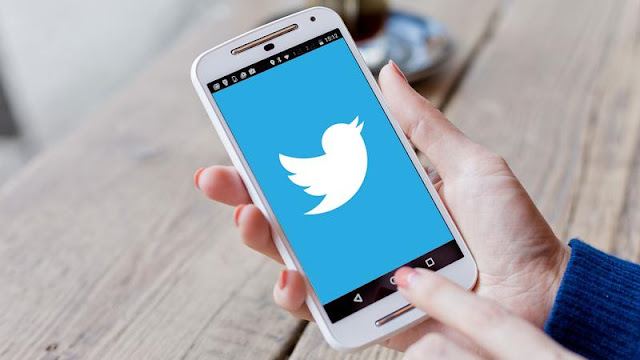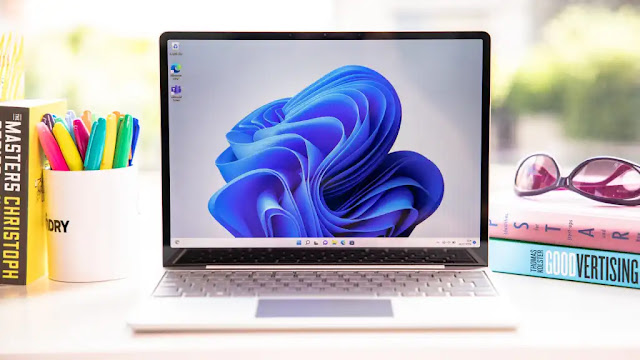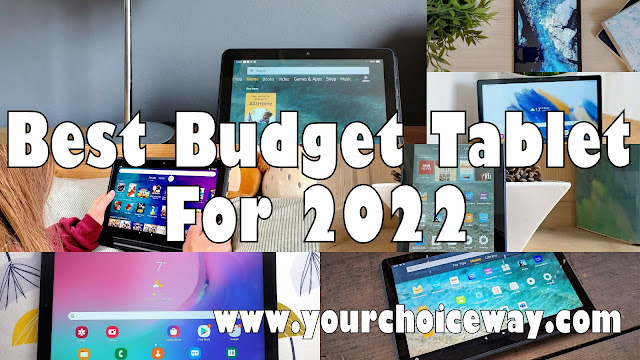Tablets and laptops can do a lot these days, but which type of device is the one you should be looking to buy? We explore what each has to offer.
As tablets have continued to advance in recent years, the perennial question is whether an iPad, Pixel Slate, or similar device can replace a traditional laptop? We take a look at what both platforms have to offer, and which one is best suited to your needs.
Before we get into the pros and cons of laptops or tablets, the most important question needs to be asked: How will you use the device?
If you only want to watch Netflix, use social media, check email, do some online shopping, a spot of casual gaming, and occasionally write a letter or spreadsheet, then a tablet is the way to go. They’re easy to use, tend to have good battery life and can be popped into a bag or satchel without giving you shoulder ache.
Should your demands be greater, involving a lot of typing, working with busy spreadsheets, audio production, video editing, or storing and editing lots of files locally, then a laptop could prove a more satisfying solution.
With that said, there are plenty of reasons to choose each, as we’ll explore below.
Portability
While both types of device are designed to be taken out with you, tablets are usually very lightweight when compared to laptops. For instance, the Apple iPad 9.7in weighs 469g or around 1lb, while the svelte MacBook (one of the slimmest laptops around) is at least double that.
Battery life can also be an important factor if you intend to be away from your desk for a while. Most tablets get around 10 hours out of a charge, while cheaper laptops will be good a few hours short of that and premium models possibly more.
One feature you’re unlikely to find on a laptop is a 4G LTE connection. Tablets, especially iPads, offer this as an option, meaning you can use a SIM card to stay online even if there’s no Wi-Fi signal.
Connectivity And Accessories
Laptops have a wider variety of ports and connectors you can use. Tablets tend to have either USB (Android & Chrome OS) or Lightning (Apple) connectors for charging, and a 3.5mm headphone jack.
Laptops can offer multiple USB 3.0 and USB-C ports, with additional apertures for HDMI, SD card readers, 3.5mm headphone, Ethernet and others. You can also attach external hard drives, webcams, midi controllers, displays, and plenty of other accessories that will be hard, if not impossible, on a tablet.
While we’re not fans of people holding up larger tablets to take photographs, it’s undeniable that the cameras included on them are far superior to the front-facing webcams on laptops.
Software
At the heart of it, deciding between a laptop or tablet should be what you can actually do with them. Apple’s iOS operating system, which makes up the vast bulk of tablet use, is a finely honed platform right now, with a huge selection of apps that cover games, creative arts, productivity, and more.
These can be very easy to use if you stick to them as a form of self-contained unit, but once you start dragging files from one place to another, or importing documents and images from external sources, then it can get far more complicated than it first appears.
Things have improved with iOS 12, but you can still feel like you’re fighting against the device itself at times to achieve what should be a simple task.
Laptops come with full-blown operating systems such as Windows and macOS, which offer far more control over how you store and manipulate files and data. Their pro-level software is also way above the equivalents on a tablet, with Photoshop, video editing, and similar programs all offering a much wider choice for users.
Again, if your needs are modest then tablets are great and simple to use, but for those who want to dig deeper then Windows and macOS are the obvious choice.
Security
It’s very unlikely that you’ll get a virus or malware on a tablet, thanks to the closed system that makes it very hard for external nasties to find their way onto the device.
Chromebooks also benefit from a similar approach, making them a good choice for people who don’t feel confident when dealing with anti-spyware or virus protection software.
Windows, due to its huge popularity, is a regular target, and therefore requires security software. macOS is also now seeing a few more attacks, so Apple users should take care online.
In terms of infection, tablets and Chromebooks are the safer bet, but none are immune to fake emails, phishing, or man-in-the-middle attacks. So, remain vigilant even from the walled garden of an iPad.
Gaming
iPads and Android tablets have a good selection of casual games, with popular titles like PUBG and Fornite joined by a host of puzzle, RPG, platform, and racing titles.
For more serious franchises like Call of Duty, Starcraft 2, World of Warcraft, and pretty much all major multi-player games, Windows is the way to go (or a games console of course). You’ll need a high-end laptop to play AAA-titles though, as the cheaper laptops won’t have the processing power to handle such graphically intensive games.
If this is your primary reason for getting a new machine, then take a look at our Best gaming laptop 2021 roundup to see which ones you’ll need to add to your shopping list.
How Much Do They Cost?
With all of these factors in mind, there is still one key point left to consider: Price. As both platforms cover a wide variety of models, this can be an arduous task. We recommend deciding on a budget before you start looking, then see what fits. Otherwise you could find yourself spending far more than you’d originally intended.
Laptop prices
Laptops tend to fall into three main categories. There’s the budget band, which usually incorporates devices up to around £500/US$500. These tend to be made from plastic, have older and less powerful processors, lower quality displays, and slower hard drives or SSDs.
These limitations don’t mean the devices can’t be useful, as they can handle many of the tasks mentioned above such as social media, email, online shopping, streaming video, and office-style duties.
As you can see from our Best Budget Laptop guide, there are plenty of options in this range, with the ones closer to the top-end coming with some decent specifications.
Another great option in this category would be a Chromebook. These devices run ChromeOS rather than Windows and are designed to work primarily online. They’re an excellent choice for children who need a device on which to do homework, older relatives that want a simple machine to use, or as a secondary, inexpensive device for the home.
Between £500/US$500 and £1000/US$1000 you’ll find the mid-range laptops which are more powerful, durable, and feature higher quality components throughout.
In this bracket there are options such as the Asus Zenbook UX401UA (£799/US$899) which offers a great balance of power, design, and build. On a device like this you can run Microsoft Office, Adobe Photoshop, edit video, and complete all other daily tasks with no problems at all.
Tablet Prices
In the realm of tablets one name rules supreme. Yes, there are some very good Android powered devices, such as the Samsung Galaxy Tab S4 and the budget range Amazon Fire 8 HD, but it’s hard to recommend anything other than iPads.
At the moment there are a whole range of Apple’s tablets to choose from, starting with the iPad 9.7in (from £319 for 32GB) and going up to the 512GB 12.9in iPad Pro that costs a whopping £1,119/US$1,119.
For a bit more cash you can increase the size of the display and add a better processor, with the iPad Pro 10.5in that starts at £619 for 64GB or wait for the new iPads that are expected to be released in the coming days.
Hybrids or 2-in-1s
Alongside the standard tablet and laptop styles there’s an emerging category called hybrids or 2-in-1s. These usually run a full desktop operating system like Windows but come in form factors that are closer to tablets. This makes them good choices if you primarily want a laptop but with occasional tablet functionality.
Prices can be quite high though, and you usually have make the essential purchase of a keyboard case separately.
The new Google Slate (£549/$549) is a prime example, featuring a touch-optimised version of the ChromeOS operating system used by Chromebooks. It can also run standard Android apps, which opens up the possibilities somewhat.
So, which one should you choose?
As we said at the outset, be sure to work out what you want to achieve with the device first, then find one that meets those needs. Tablets have come a long way in a short time, so much so, that everyday tasks and even some advanced ones are now easily within their remit.
Adding an external keyboard ups the ante, turning a humble iPad into a fully-fledged writing machine, while a stylus can further increase a tablet’s abilities.
Laptops remain the swiss army knife of computing. Powerful enough to get some serious work done, but also just as happy playing games or simply sitting back on enjoying Netflix on HD quality displays. Most are light enough to carry around with you all day, especially if you plump for the premium-grade models.
Take your time, think it through, and we’re sure you’ll find one that’s perfect for your situation, and hopefully at a price that's agreeable.















%20Review.webp)
%20Review.webp)

%20Review.webp)


%20Review.webp)
%20Review.webp)
%20Review.webp)



0 comments:
Post a Comment